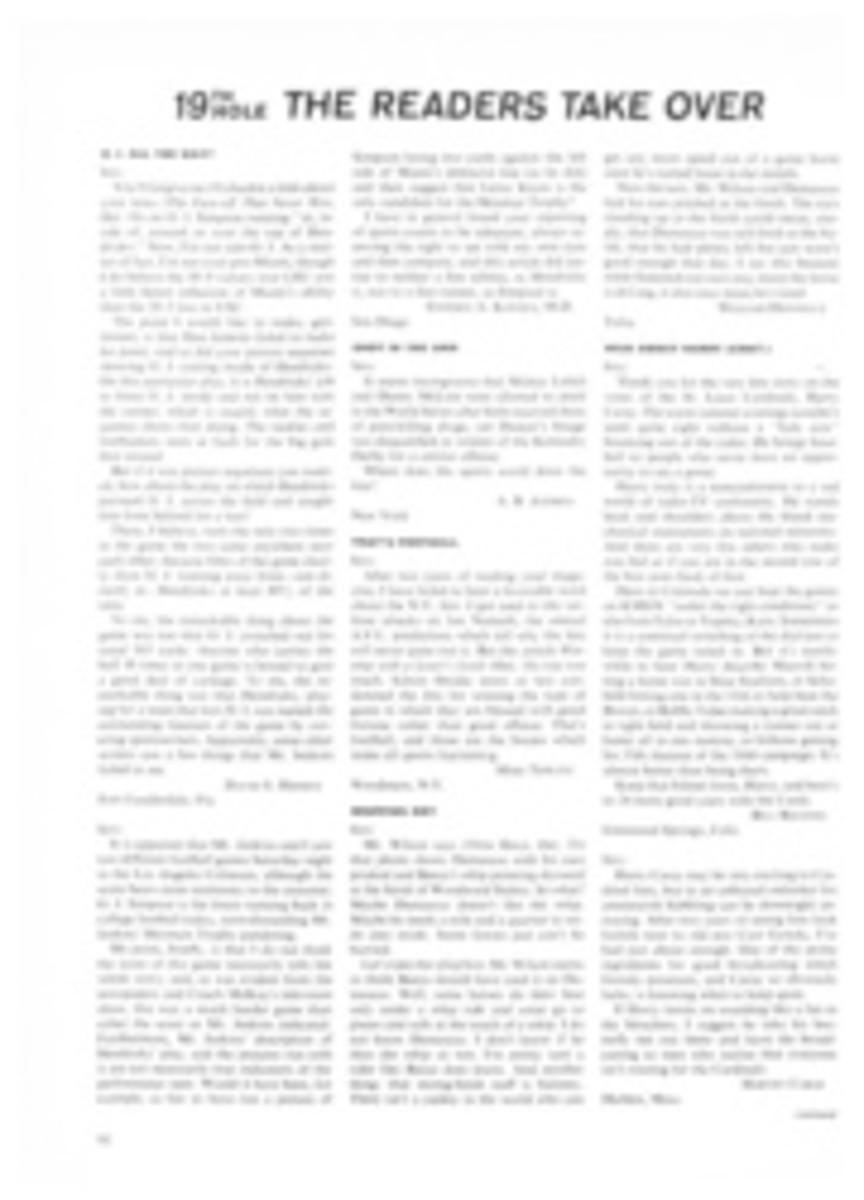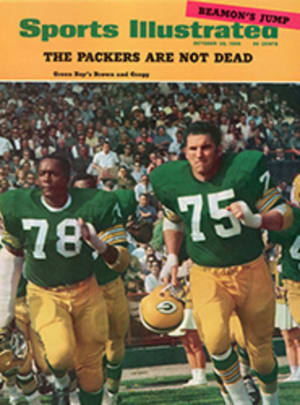
If you happen to lose your marbles, the Vitro Agate Co. stands ready to help
Whatever else the kids are doing in the school yards this year (and parents may shudder to think), you can be sure that at least some of them are playing marbles. Kids were playing with polished-and-rounded stones in Egypt and Rome long before the Christian era, and it's a safe bet that they will go on playing with similar baubles of glass and plastic until the ultimate bomb fuses the world into one big aggie.
It's another safe bet that most of the cat's eyes, all-reds and gems that the kids are playing with right now were manufactured by Henry Arthur Fisher, proprietor of the Vitro Agate Co. of Parkersburg, W. Va., the largest firm in the marble business. Fisher's factory turns out some 600 million glass marbles a year, of which about three-fourths are sold to the toy departments of such stores as Woolworth's and W. T. Grant.
In addition to the standard game played in school yards, marbles, like dice, are part of the required equipment in a host of patented games such as Chinese checkers. Each year the game industry provides a huge demand for marbles of all sorts, but the demand is a highly variable one. Today, for example, Chinese checkers is very big, and each set requires 60 marbles, 10 each of six different colors. But interest may die out at any time. Then some other game will come along to succeed it in popularity, and another type of marble will be put into production. That has been the history of marble games.
Fisher, as a young glass technologist, designed one of the first automatic machines for the production of glass marbles in the mid-1930s. Until the mid-20s they had been laboriously manufactured by means of a slow hand process. Today marbles are manufactured much in the same way as a housewife turns out a pan of fudge. The first thing necessary is a good recipe for mixing the batter.
The marbles are made from pieces of glass scrap called cullet, which are combined with two basic ingredients, silica sand and soda ash. The sand used by the Vitro Agate Co. is the finest variety available. At least 20 other materials are included in proper quantities to complete Fisher's secret formula for producing high-grade, clear and colored glass. The mixture is shoveled into a two-ton melting furnace that has been heated to a temperature of 1,500°F to 2,500°F. After six to eight hours, when the mass has reached the consistency of thick molasses, it's ready to be formed into round glass balls. To achieve various color effects, other materials are added while the molten glass is flowing into the cutter assembly. Then small droplets form on two parallel spinning screws. The cooling glass balls run along the groove between the screws and drop down into annealing trays, where the hardening and cooling processes are completed. The marbles are then placed in sorting trays and hand-sorted and packed for shipment. They go all over the world, since some form of marbles is played by kids in virtually every land.
One-fourth of Fisher's output, however, goes not to kids for fun and games on the playground, but to grown-ups for a variety of industrial uses, for jewelry and for decorating furniture.
Marbles also serve as an aphrodisiac for fish. Whether or not it is because they suggest caviar no one seems to know; what is known is that tiny glass balls scattered over the bottoms of fish hatcheries inspire the fish therein to heroic new efforts in spawning season.
On a loftier scientific plane, marbles have inspired other advances. The Dymaxion philosopher Buckminster Fuller worked out the theory that led to the invention of the geodesic dome by packing round marbles together in tight geometric forms. Lithographers use a mixture of marbles, oil and emery dust to give their lithographic plates a high polish.
Marbles until recently were used in the manufacture of whiskey bottles to make one-way valves in the necks so that liquor may be poured out but water may not be poured in. The manufacture of fiber-glass fabrics begins with small glass balls. The proper mixture of glass to make the cloth is first fashioned into marbles. The glass threads are then drawn out of the marbles in some-what the same way that cotton thread is spun out of the cotton boll.
The tiniest marbles of all, perhaps, are used to increase the effectiveness of glowing signs along the highway. In signs that seem to be lighted from within, hundreds of tiny glass balls catch the light from oncoming headlights, refocus it and shine it back on the driver.
Since glass is acid-proof, marbles are also useful in oil and acid filters. Glass balls are being used as well in ball valves for ball bearings and ball sockets. Paper mills use them in connection with their paper-feeding devices.
Marbles are with us in one way or another virtually all the days of our lives. They accompany us all our days from just beyond the cradle to the grave—and even after. How's that? In many modern mausoleums a dozen or so aggies are placed under coffins in the crypts so that they will roll more easily across the floor in case they need to be moved.

